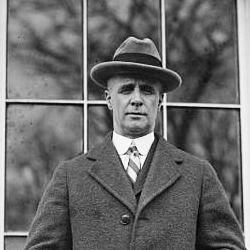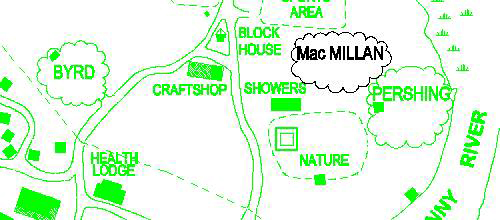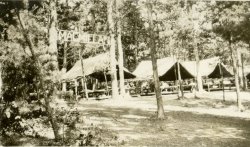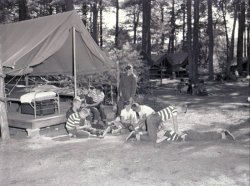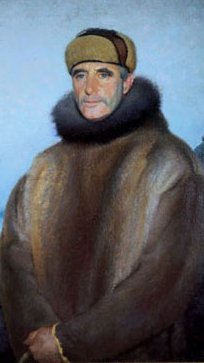| About Admiral Donald MacMillan
Donald Baxter MacMillan (November 10, 1874 - September
7, 1970) was an American explorer, sailor, researcher and lecturer who
made over 30 expeditions to the Arctic during his 46-year career. He pioneered
the use of radios, airplanes, and electricity in the Arctic, brought back
films and thousands of photographs of Arctic scenes, and put together a
dictionary of the Inuktitut language.
Born in Provincetown, Massachusetts in 1874, MacMillan
lived in Freeport, Maine after the deaths of both his parents in 1883 (his
father died while captaining a Grand Banks fishing schooner) and 1886 (his
mother died suddenly), and was educated at Bowdoin College in Brunswick,
graduating in 1898 with a degree in geology. He later taught at Worcester
Academy from 1903 to 1908.
After ten years as a high school teacher, MacMillan
caught the attention of explorer and fellow Bowdoin graduate Robert E.
Peary when he saved the lives of nine shipwrecked people in two nights.
Peary subsequently invited MacMillan to join his 1908 journey to the North
Pole. Although MacMillan himself had to turn back at 84°29' on March
14 because of frozen heels, Peary allegedly reached the Pole 26 days later.
MacMillan spent the next few years travelling
in Labrador, carrying out ethnological studies among the Innu and Inuit.
He organized and commanded the ill-fated Crocker Land Expedition to northern
Greenland in 1913. Unfortunately Crocker Land turned out to be a mirage.
The expedition members were stranded until 1917, when Captain Robert A.
Bartlett of The Neptune finally rescued them.
After serving in the Navy during World War I,
MacMillan began raising money for another Arctic expedition. In 1921, the
schooner Bowdoin -- named for MacMillan's alma mater -- was launched from
East Boothbay, Maine and set sail for Baffin Island, where MacMillan and
his crew spent the winter.
In September 1926 MacMillan led a group of explorers
which included three women and five scientists to Sydney, Nova Scotia.
The team spent several months beforehand collecting flora and fauna in
Labrador and Greenland. He believed it was possible that the ancient ruins
off Sculpin Island, twenty miles from Nain, Labrador, are the remains of
a Norse settlement 1,000 years old. On the side bordering the mainland
MacMillan found what he considered the vestiges of ten or twelve houses.
He estimated the age of the dwellings to be hundreds of years old according
to the lichens which partially covered their foundations. However MacMillan
could not say for certain if these had been built by Vikings. According
to Eskimo tradition the stone igloos were constructed by men who came from
the sea in ships. Eskimos called the site Tunitvik, meaning the place of
the Norseman. MacMillan said the strongest argument that the Sculpin dwellings
were of Viking origin was their resemblance to those he found in Greenland
the previous year.
He joined the Navy again during World War II,
serving in the Hydrographic Office in Washington, DC, and transferred the
Bowdoin to the Navy for the duration of the war.
After the war, MacMillan continued his trips to
the Arctic, taking researchers north and carrying supplies for the MacMillan-Moravian
School he established in 1929. He made his final trip to the Arctic in
1954 at age 80, and lived until 1970. MacMillan is buried in Provincetown. |

